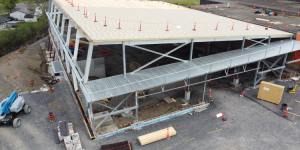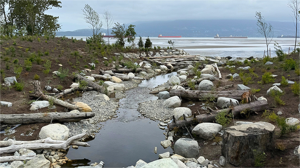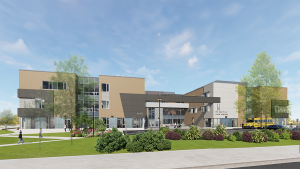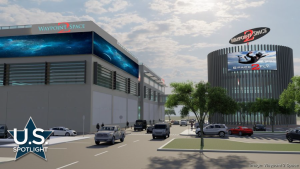A Calgary-based energy infrastructure company is moving forward with a $12 billion TransCanada oil pipeline and a new $300 million oil export terminal in Saint John, New Brunswick.
“We are very pleased with the outcome of the open season for the Energy East Pipeline held earlier this year and are excited to move forward with a major project that will bring many benefits across Canada,” said Russ Girling, president and chief executive officer of TransCanada.
“This is an historic opportunity to connect the oil resources of western Canada to the consumers of eastern Canada, creating jobs, tax revenue and energy security for all Canadians for decades to come.”
An open season was launched by TransCanada on April 15 to propose the terms and design parameters for the Energy East Pipeline project to prospective customers and solicit bids for contracting capacity.
With its close on June 17, TransCanada announced strong market support for a pipeline, with about 900,000 barrels a day of firm, long-term contracts to transport crude oil from points in Alberta and Saskatchewan to Montreal, Qubec City and Saint John, New Brunswick.
The project involves converting natural gas pipeline capacity to crude oil service in about 3,000 kilometres of TransCanada’s existing Canadian Mainline from Burstall, Saskatchewan to Cornwall, Ontario.
It also includes the construction of about 1,400 kilometres of new pipeline in Alberta, Saskatchewan, Manitoba, Quebec and New Brunswick.
TransCanada president of energy and oil pipelines Alexander Pourbaix said the conversion of the pipeline represents an innovative solution, because it makes better use of infrastructure that is already in place.
“The pipe we are contemplating for conversion has been in service for 20-30 years, so we will do confirmatory digs to check the condition and integrity of the pipe,” he said.
“The pipe itself is a type, quality and thickness of steel, which allows it to transport both natural gas and oil. The vast majority of the pipeline will not change, just the motive force.”
According to Pourbaix, natural gas is transported through the pipeline using compressors. However, crude oil is non-compressible and will be pushed through the pipeline using pumps. This means that 68-70 pump stations will be built along the existing pipeline at the site of compressor stations.
Girling said the response from the open season pushed the project’s design capacity to about 1.1 million barrels of oil per day, from the initial figure of 850,000 barrels per day.
The expected cost of the pipeline project is about $12 billion, excluding the transfer value of Canadian Mainline natural gas assets.
The pipeline will terminate at Canaport in Saint John, New Brunswick where TransCanada and Irving Oil also announced they are forming a joint venture to build, own and operate a new $300 million deep water marine terminal.
“The Canaport Energy East Marine Terminal will connect TransCanada’s Energy East Pipeline to an ice-free, deep water port,” said Paul Browning, president and chief executive officer of Irving Oil.
“It will allow Canadian producers direct access to world markets for exporting Canadian oil via the world’s largest crude carrying vessels.”
The proposed $300 million Canaport Energy East Marine Terminal will be located next to the Canaport facility, where Irving operates Canada’s largest refinery and imports more than 100 million barrels of crude oil each year.
According to Girling, the Energy East pipeline supports the eastern refineries’ desire to have access to a stable and reliable supply of Western Canadian crude oil, which reduces their dependence on higher-price crude oil from foreign countries.
Pourbaix said Canada currently imports about 700,000 barrels per day to supply its Eastern refineries. He said 86 per cent of the eastern refineries feedstock is imported from Saudi Arabia, Nigeria and Libya.
As a result of the successful open season, TransCanada intends to proceed with the necessary regulatory applications in early 2014 to construct and operate the proposed pipeline.
The project is expected to be in-service to Montreal and Quebec City in 2017 and to Saint John in 2018.










Recent Comments
comments for this post are closed